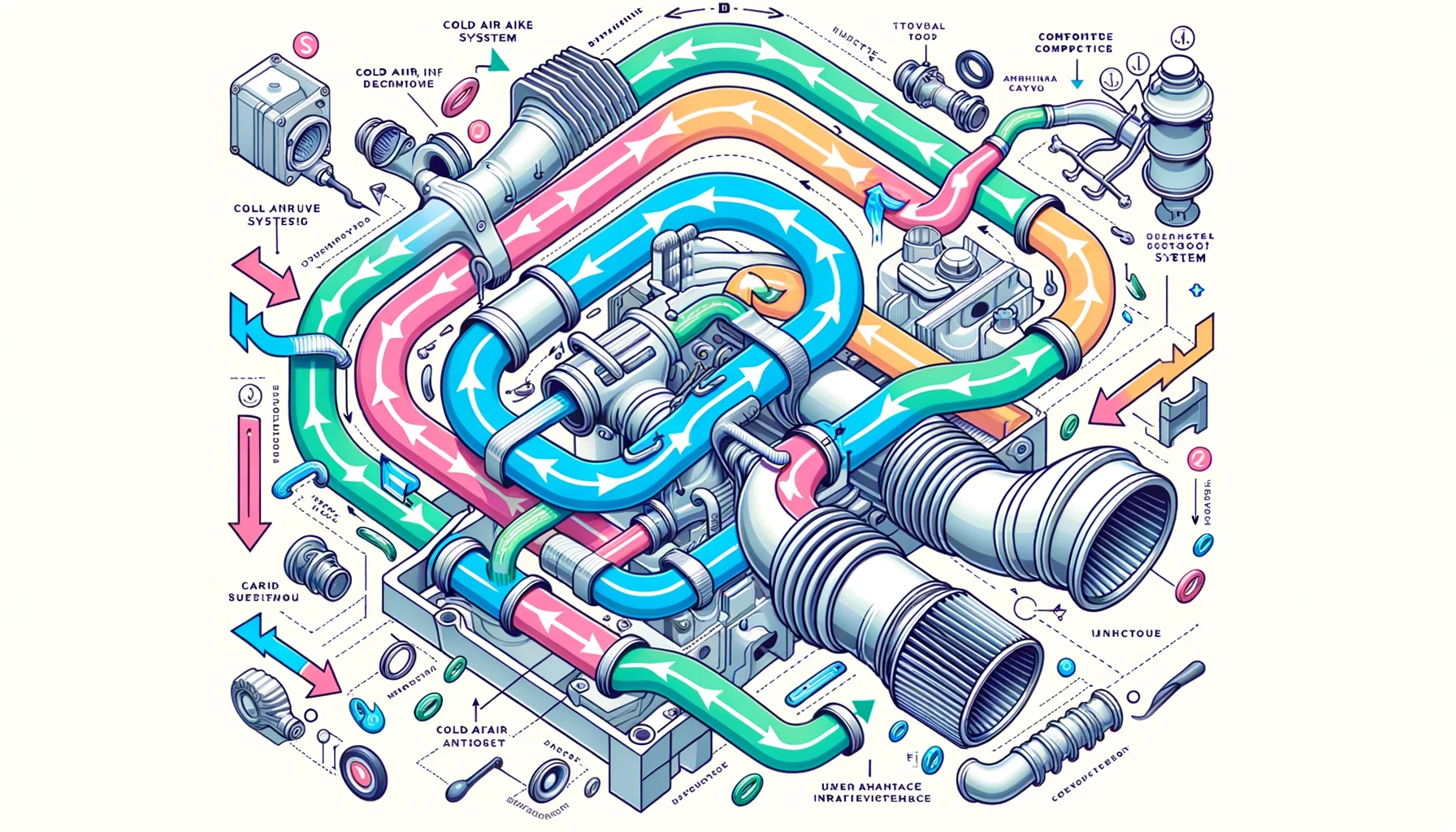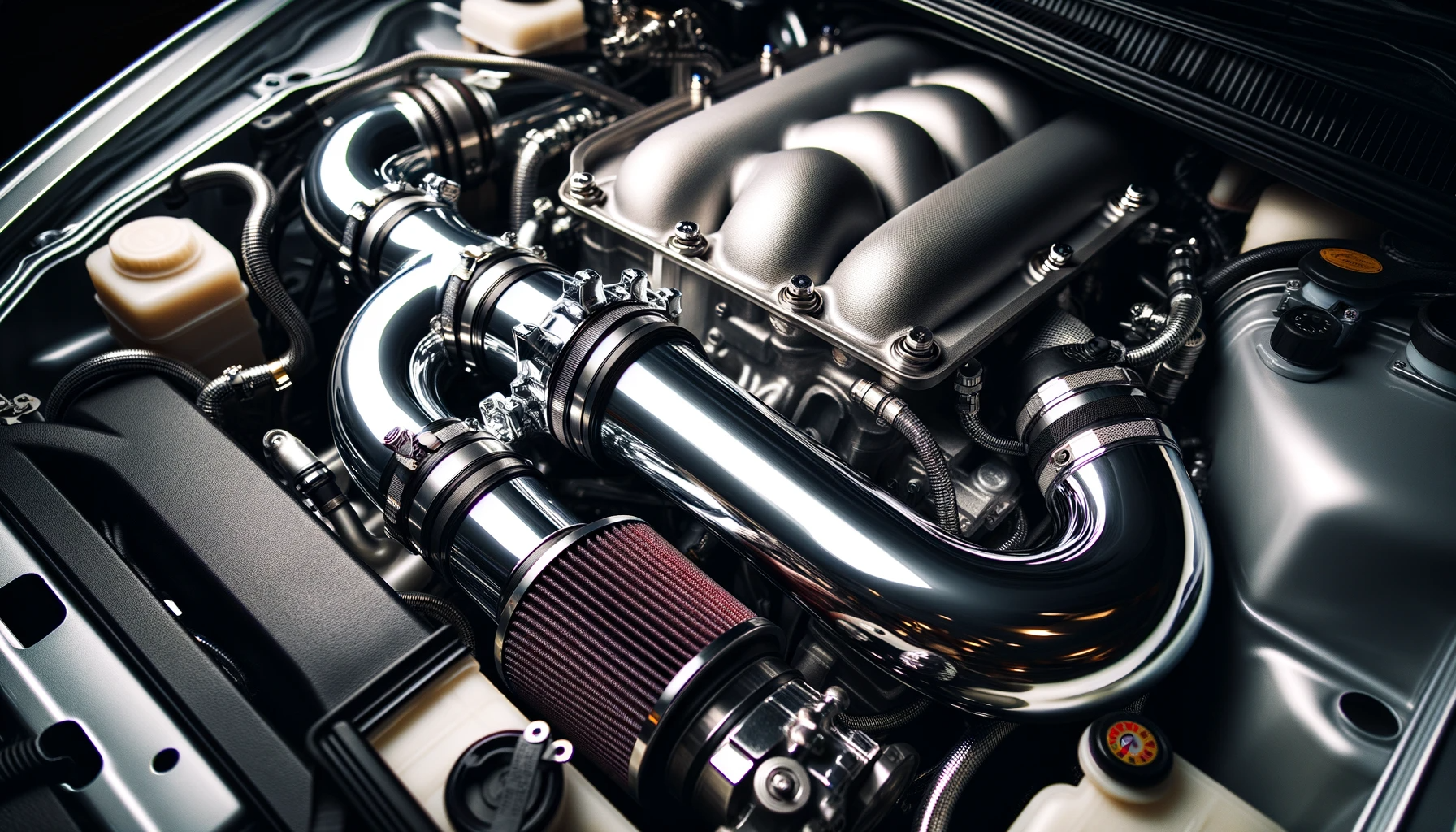One popular question from drivers installing a cold air intake is – will it make my car louder? Most car enthusiasts add a cold air intake for performance benefits. But how much will the new induction noise increase compared to the stock airbox? Here we’ll look at the reasons a cold air intake tends to increase engine sound levels along with some ways to customize the tone. Let’s find out more about cold air intake sound!

How Much Louder is a Cold Air Intake?
Most cold air intakes will make your engine notably louder compared to the stock restrictive airbox. The open intake and less baffled filter allow more induction noise into the cabin.
Independent testing shows cold air intakes can increase interior sound levels by 6-10 decibels over the stock airbox:
- Stock intake at 3000 RPM: 85 db
- Cold air intake at 3000 RPM: 93 db
The added noise comes mainly in the form of induction whistling and whooshing. There isn’t a huge difference at idle, but acceleration causes the most intense noise increase.
This straight-through whistling contrasts the muffled intake noise from stock airboxes. Check out this before and after video to hear the sound difference with a cold air intake:
[YouTube clip comparing cold air intake noise]
So while performance is the primary goal, a louder engine sound tends to come hand-in-hand with most cold air intakes.
What Causes the Extra Noise?
There are a few reasons cold air intakes allow more intake noise versus the stock airbox:
- Less sound-deadening baffles and insulation
- The straight, unobstructed path from the filter to the turbo
- Open filter housing instead of enclosed box
- Turbulence from cone filter versus stock pancake filter
Turbocharged engines see the biggest jump in volume because the pressurized air amplifies the whistling through the intake. Naturally, aspirated engines make less additional noise with a cold air intake.
When is the Intake Noise Most Noticeable?
Cruising at idle, there isn’t much audible difference between the airbox and cold air intake. But certain conditions will reveal the louder cold air intake sound:
- Accelerating from low RPM causes the most whistle
- Noise increases as the filter accumulates dirt and debris
- More noise during engine warm-up before air density drops
So you may only notice the sound difference when getting on the throttle after being stopped at a light for example. Daily driving noise isn’t necessarily that intrusive.
Can You Modify the Cold Air Intake Noise?

One advantage of aftermarket intakes is you can tweak certain aspects to change the tone:
Adjust Filter Placement – Rotate the filter relative to the elbows to change the pitch.
Add Sound Dampening – Insulating intake tubing can reduce noise.
Modify Tubing – Larger diameter or smoother piping lowers airflow speeds and whistles.
Adjust Airbox – Openings in the airbox change the filter noise tone.
Recommendations for a Quieter Intake
If the sound from your cold air intake is too loud, here are some tips for choosing a quieter setup:
- Look for piping over 3 inches in diameter to reduce airflow speed
- Avoid sharp bends which increase turbulence and whistle
- Multi-layer air filters dampen noise over single-layer filters
- Use a sealed airbox design rather than open filter element
While noise increases are typical, cold air intakes don’t have to be obnoxiously loud. Selecting the right design can yield solid performance gains without an overwhelming amount of noise.
Conclusion about cold air intake sound
Although many factors influence the volume, most cold air intakes will add a substantial amount of induction noise compared to the stock airbox system.
This aggressive sound is exactly what many drivers want from an intake upgrade. But excess noise can become annoying over time.
If you do find the whistle from your particular cold air intake to be too loud, try tweaking the filter position or modifying the tubing to reduce the volume. This allows you to customize the perfect balance of added power and sound.
For more information on CAI read our article: How Much Horsepower Can Cold Air Intake ad?